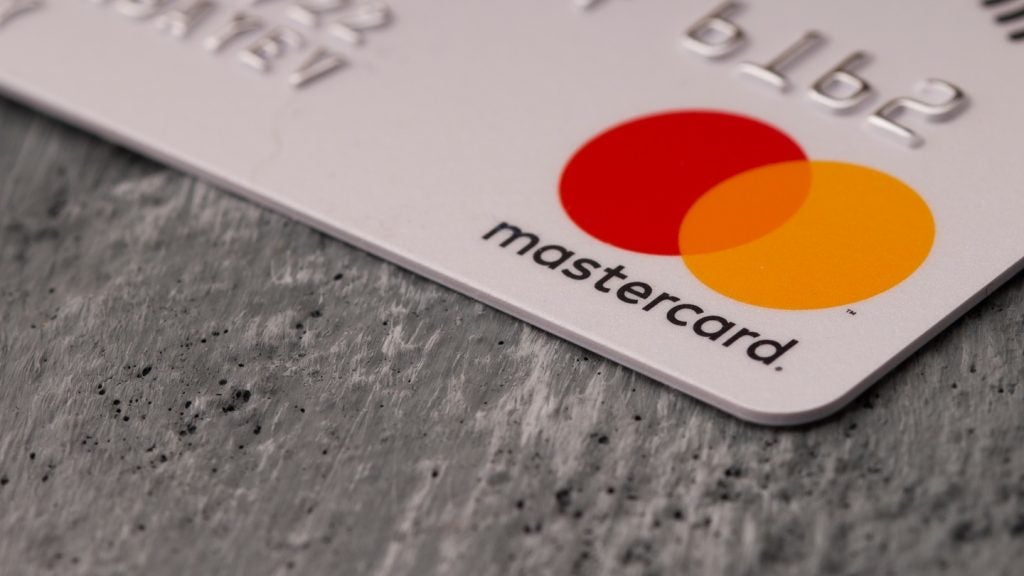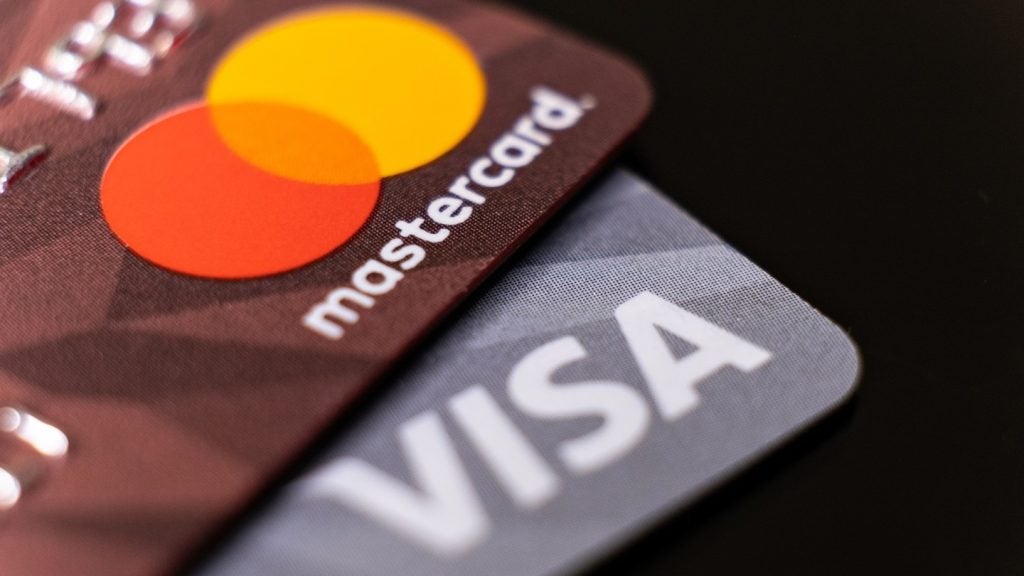So far, so good. The card payment limit increase to £30 from £20 last September was always expected to provide a further boost to contactless transaction stats. Douglas Blakey writes
Figures released by Visa on 4 April show that contactless transactions over £20 are growing at more than double the rate of those under £20 with bars and pubs a prime mover driving contactless growth.
Visa report 36 million contactless transactions over £20 in the first six months since the limit increase amounting to nearly £900m of transactions.
Contactless transactions over £20 saw an average monthly growth rate of 19.1% between October 2015 and March 2016. This is over twice the average monthly growth rate of 8% for contactless transactions under £20 over the same period, highlighting consumer appetite to use the technology for more expensive purchases.
Contactless payments now make up 10% of all face-to-face payments between £20 – £30 with service stations, supermarkets and restaurants all reporting significant contactless growth.
In supermarkets, where the average supermarket basket is £25, Visa’s figures show a 100% increase in contactless transactions compared to the six months before the £30 limit was introduced.

US Tariffs are shifting - will you react or anticipate?
Don’t let policy changes catch you off guard. Stay proactive with real-time data and expert analysis.
By GlobalDataRestaurants have enjoyed a similar boost with spend there up by a whopping 155%.
At service stations, the average contactless transaction at the pump has increased by £2.22 since the £30 limit began, rising from £8.47 to £10.69.
Overall, UK contactless payments have risen by 237% compared to the same period year-on-year.
Commercial cards opportunity?
The EU interchange fee caps that finally came into effect last December relate only to consumer cards and so, the argument went, there would be great scope for cards schemes to expand more profitable commercial cards.
Commercial cards in Europe account for only about 5% of all payment cards in Europe, but is there any evidence of innovation, new product launches?
Google learns expensive lesson
Estimates vary but Google is reckoned to have chucked $300m in digital payment startup acquisitions to support Google Wallet. Add in the cost of hundreds of developers who do not come cheap.
Then add in the cost of launching and running its Wallet Card, the physical debit cards linked to Google Wallet accounts, now unceremoniously axed.
Customers with a Wallet Card won’t be able to add money to it after 1 May and the cards (and recurring transfers set up with it) will be cancelled on 30 June 30. Android Pay will also stop accepting Wallet Card payments.
Google will now bank on a peer-to-peer payments system pitting it against the likes of PayPal and Facebook Messenger.
As a huge fan of Google (and Android) I will be delighted to be proved wrong but on the evidence of Google’s track record to date in financial services, PayPal will not be losing a whole lot of sleep.








